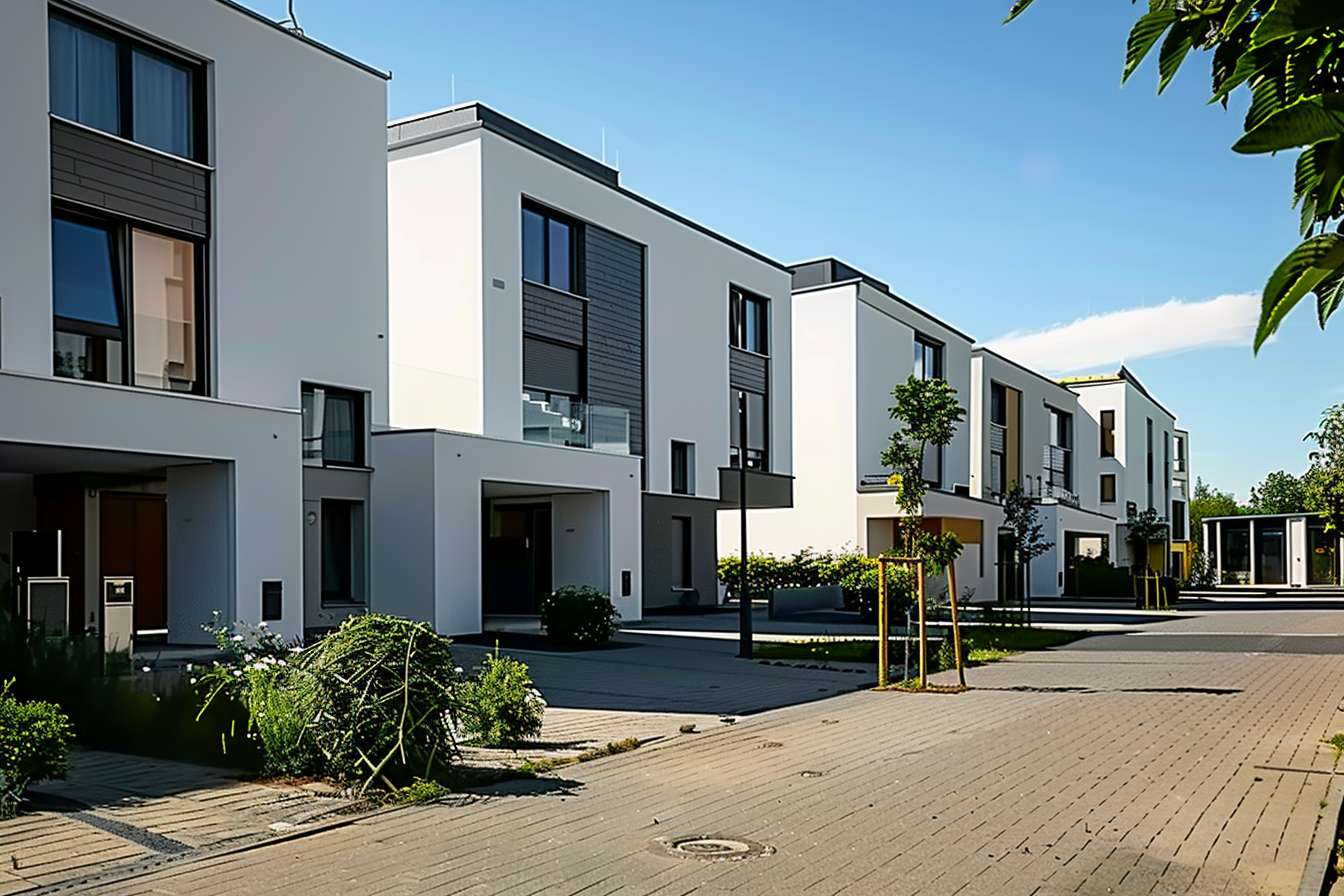Introduction to Affordable Studio Apartments
In today's fast-paced world, finding a place to call home that fits both your budget and lifestyle can be a daunting task. Studio apartments have emerged as a popular choice for many, offering a compact yet efficient living space. These apartments are particularly appealing to young professionals, students, and individuals seeking an urban lifestyle without the hefty price tag. This article delves into the realm of cheap studio apartments for rent, providing insights on how to find them and what to consider when making a decision.

Studio apartments have become increasingly popular housing options for those looking to balance budget constraints with desirable locations. These compact living spaces offer an efficient solution for singles, students, young professionals, and even downsizing seniors who prioritize affordability and convenience over square footage. This comprehensive guide explores everything you need to know about finding, selecting, and living in affordable studio apartments.
What Defines a Studio Apartment?
A studio apartment typically consists of a single open room that serves as the bedroom, living room, and kitchen area, with only the bathroom as a separate enclosed space. Unlike 1 bedroom apartments for rent, studios don’t have walls separating the sleeping area from the main living space. The average size ranges from 300 to 600 square feet, though this varies significantly by location and building age. These efficient living spaces maximize functionality through thoughtful design elements like built-in storage, multipurpose furniture, and strategic layout planning that creates distinct zones within the open floor plan.
Finding Affordable Studio Apartments in Your Area
When searching for studio apartments in your area, several strategies can help you locate affordable options. Online rental platforms offer filtering tools to narrow your search by price, location, and amenities. Local property management companies often maintain listings not found on major websites. Many renters find success by exploring neighborhoods on foot to spot “For Rent” signs, as some landlords still prefer traditional advertising methods. University housing offices frequently maintain lists of studio apartments suitable for students in the vicinity of campus. Additionally, joining local social media groups focused on housing can provide early access to newly available units before they hit mainstream listing sites.
Comparing Studios to One-Bedroom Apartments
The primary difference between studio apartments and 1 bedroom apartments for rent lies in the layout and privacy. Studios offer open-concept living without walls separating the sleeping area, while one-bedrooms provide a separate, enclosed bedroom. This distinction impacts both cost and lifestyle considerations. Studios typically cost 20-30% less than one-bedroom units in the same building or neighborhood, making them substantially more affordable for budget-conscious renters. However, one-bedrooms offer greater privacy, especially important for those who entertain guests or work from home. Studios require creative space management solutions but often include utilities in the rent more frequently than larger apartments, potentially increasing their cost-effectiveness for single occupants.
Amenities to Look for in Studio Apartments
When evaluating apartments for rent with utilities included and pet-friendly policies, certain amenities can significantly enhance your studio living experience. Built-in storage solutions like closet systems, under-bed storage, or wall shelving help maximize limited space. Energy-efficient appliances reduce utility costs, particularly important if utilities aren’t included in rent. Laundry facilities either in-unit or on-premises eliminate time-consuming trips to laundromats. For pet owners, dedicated pet areas or nearby parks make daily pet care more convenient. Additional valuable amenities include high-speed internet options, security features like controlled access or doorman service, and community spaces such as rooftop decks or lounges that effectively extend your living area beyond the studio’s walls.
Making the Most of Limited Space
Successful studio living depends on strategic space utilization. Multi-functional furniture pieces like sofa beds, expandable dining tables, and storage ottomans serve dual purposes without consuming excessive floor space. Vertical storage solutions—tall bookcases, wall-mounted shelving, and over-door organizers—capitalize on often-overlooked wall space. Room dividers such as decorative screens, curtains, or strategic furniture placement can create visual separation between living zones without permanent walls. Light colors and mirrors create the illusion of spaciousness, while decluttering regularly prevents the accumulation of unnecessary items that crowd limited space. Many studio dwellers find that adopting a minimalist lifestyle not only makes their space more functional but also reduces stress and maintenance requirements.
Studio Apartment Pricing and Market Comparison
Studio apartment pricing varies significantly based on location, building amenities, and unit features. Below is a comparison of typical studio apartment costs across different market segments:
| Market Type | Average Monthly Rent | Typical Size (sq ft) | Common Included Amenities |
|---|---|---|---|
| Urban Core | $1,200 - $2,000 | 300 - 450 | Fitness center, rooftop access, doorman |
| Urban Residential | $900 - $1,400 | 350 - 500 | In-building laundry, bike storage |
| Suburban | $700 - $1,100 | 400 - 550 | Parking, pool, on-site maintenance |
| College Areas | $650 - $1,000 | 300 - 450 | Utilities, internet, furnished options |
| Budget-Friendly | $550 - $850 | 250 - 400 | Basic amenities, sometimes utilities |
Prices, rates, or cost estimates mentioned in this article are based on the latest available information but may change over time. Independent research is advised before making financial decisions.
Tips for Finding Pet-Friendly Studio Apartments
Locating apartments for rent with utilities included and pet-friendly policies requires specific search strategies. Start by using specialized filters on rental websites that allow you to screen for pet policies. Be prepared to pay additional pet deposits or monthly pet rent, typically ranging from $25-50 per month plus a deposit of $200-500. When negotiating with landlords, offering pet references from previous landlords or providing documentation of training can sometimes help secure approval. Some buildings maintain designated pet-friendly floors or units with appropriate flooring and features. For pet owners with larger animals or multiple pets, ground-floor units with direct outdoor access often prove more practical for daily pet care routines. Additionally, research the surrounding neighborhood for pet amenities like parks, walking paths, and veterinary services to ensure the location supports your pet’s needs.




